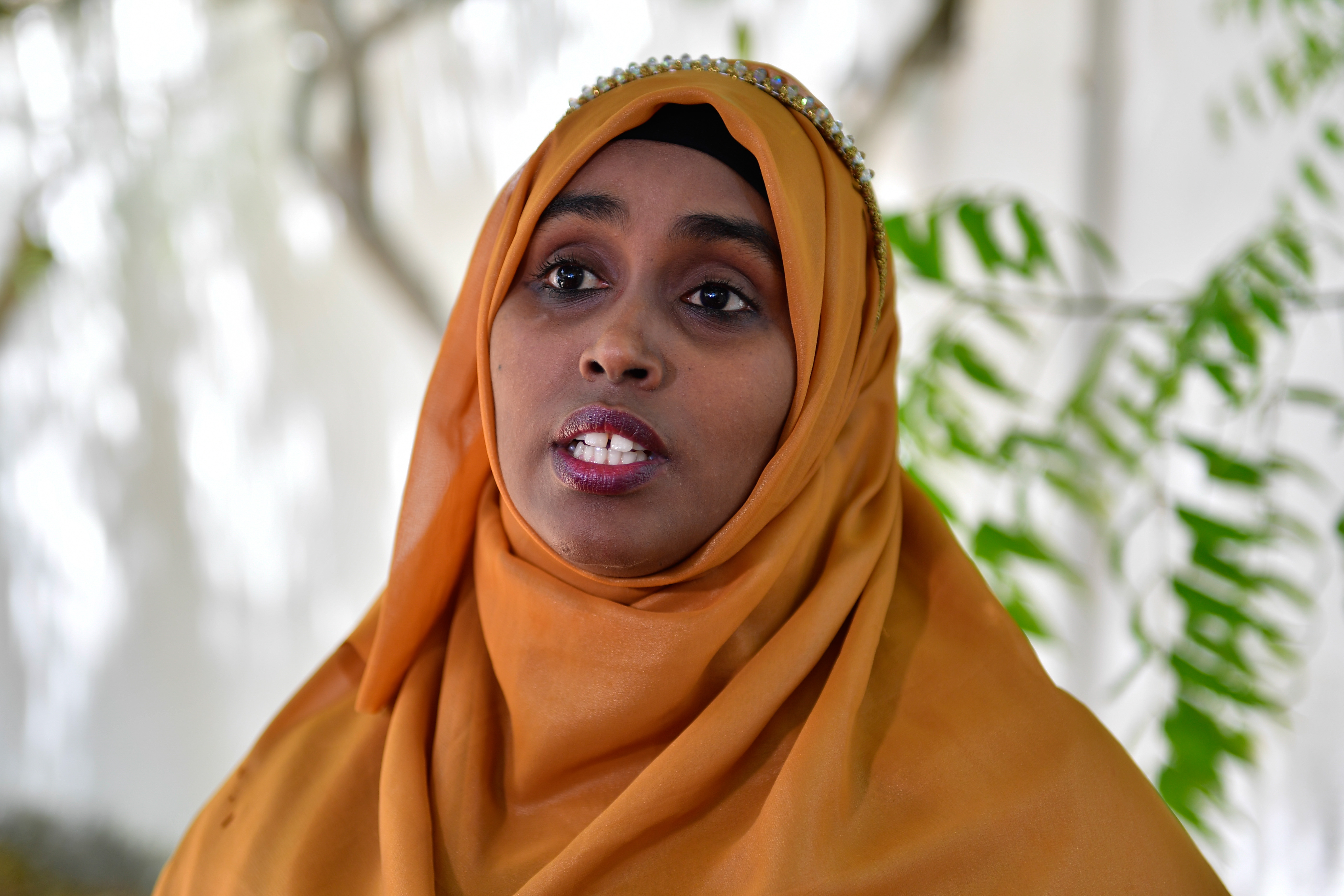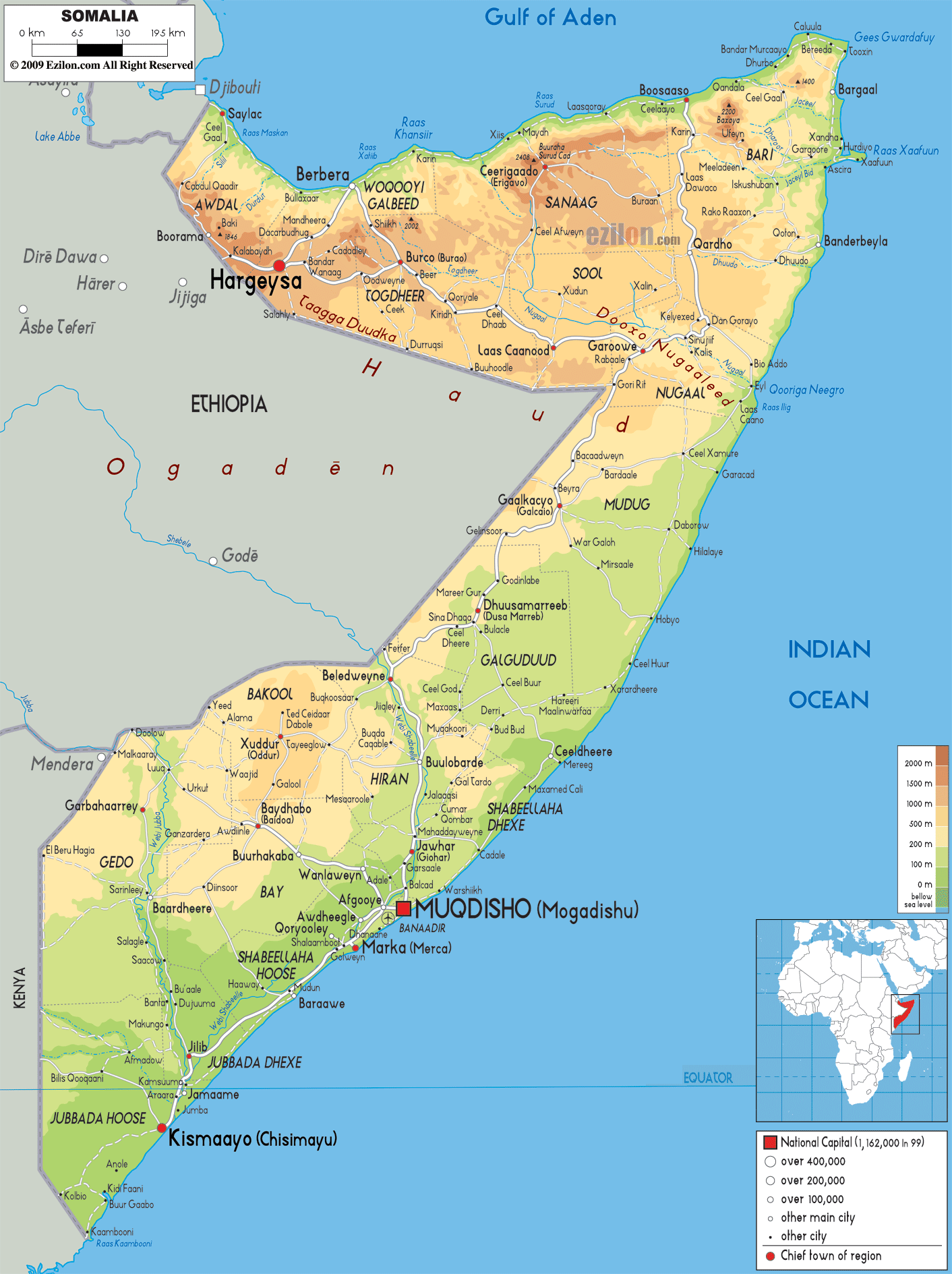Somali Wasm might not be a phrase you come across every day, but it holds more weight than you might expect. Whether you're a linguist, a tech developer, or just someone curious about cultural preservation in the digital age, understanding what Somali Wasm means — and why it matters — can open up new perspectives on how languages adapt in a globalized world. So, what exactly is Somali Wasm, and why should it matter to you?
Well, to start with, it's not just about language. Somali Wasm is tied to a broader movement of integrating minority languages into modern computing environments. That includes things like web applications, mobile platforms, and even artificial intelligence tools. In a time when so much of our communication happens online, ensuring that languages like Somali aren't left behind is more than just a technical challenge — it's a cultural necessity.
And here's the thing: Somali, like many African languages, is rich in history and widely spoken across regions like Somalia, Djibouti, parts of Ethiopia, and even in diaspora communities in the U.S. and Europe. But despite its reach, it's often underrepresented in digital tools. That's where Wasm — short for WebAssembly — comes in. So, how does a language like Somali fit into a technical framework like WebAssembly? Let's take a closer look.
Table of Contents
- What Is Somali Wasm?
- Why Somali Wasm Matters
- The Role of WebAssembly
- How Somali Is Being Integrated Into Modern Tech
- Challenges and Opportunities
- Frequently Asked Questions
What Is Somali Wasm?
Somali Wasm refers to the integration of the Somali language into WebAssembly (Wasm) frameworks. WebAssembly is a binary instruction format for a stack-based virtual machine. It’s designed to enable high-performance applications on web pages, but it’s also being used in other environments like servers and mobile apps. So when we say Somali Wasm, we're talking about making sure that Somali language tools — like text processing, voice recognition, and translation — can work smoothly within these fast-paced, modern platforms.
Now, you might be asking, why not just use English or another major language? The answer is simple: language is identity. For many Somali speakers, especially those in rural areas or refugee communities, having access to tools in their native tongue can be the difference between feeling included and being left out of the digital revolution. That’s why initiatives around Somali Wasm are so important — they're not just about code, they're about connection.
Why Somali Wasm Matters
Let’s face it — the internet was built mostly by and for English speakers. But that’s slowly changing. Languages like Somali are gaining traction in digital spaces, and Wasm is part of that shift. The more we can support diverse languages in the backend of apps and websites, the better the user experience becomes for everyone. So, if you're developing a mobile banking app for Somali communities, or building a voice assistant that can understand Somali commands, Wasm can help make that a reality.
And here’s the kicker: it’s not just about usability. It’s about representation. When a language is included in something like WebAssembly, it gets a kind of digital validation. It says, "You matter. Your language has a place in the future." That’s a powerful message, especially for younger generations who are growing up in a world that often overlooks minority languages.
The Role of WebAssembly
WebAssembly is pretty cool, honestly. It’s like a bridge between different programming languages and the web. So if someone writes code in Rust or Python, WebAssembly can help turn that into something a browser can understand. Now, imagine applying that same idea to Somali — translating language tools into Wasm-compatible code so they can work faster, smoother, and more efficiently across different platforms.
For example, if a developer wants to create a text-to-speech tool in Somali, they can use Wasm to compile that code so it runs quickly on any browser or device. This opens the door for better voice assistants, translation apps, and even educational tools that can be used by Somali-speaking students and teachers. So in a way, Wasm isn’t just about speed — it’s about accessibility, too.
How Somali Is Being Integrated Into Modern Tech
Right now, there are several grassroots and academic efforts to bring Somali into the world of Wasm. Some developers are working on open-source projects that translate natural language processing tools into Wasm-compatible formats. Others are focused on building Somali language datasets that can be used for machine learning and AI tools. It’s still early days, but the progress is promising.
One example is the use of Wasm in educational apps aimed at Somali-speaking children. These apps can run directly in the browser without needing a lot of heavy processing power, making them ideal for areas with limited internet access. Another use case is in voice-based interfaces — think of a voice assistant that understands Somali commands and can help users navigate a website or app without needing to read English.
And here’s the thing — it’s not just about apps. The integration of Somali into Wasm also has implications for data collection and analysis. For instance, if a humanitarian organization is working in a Somali-speaking region, having tools that can process data in Somali makes communication more accurate and respectful. So, it’s not just a technical shift — it’s a cultural one, too.
Challenges and Opportunities
Of course, it’s not all smooth sailing. There are real challenges in integrating a language like Somali into Wasm. For starters, there aren’t a ton of Somali developers working in this space — yet. Also, the language itself has some unique characteristics, like vowel harmony and a complex verb system, which can make machine translation and voice processing trickier than with more widely used languages.
But there's also a lot of opportunity. As more developers become aware of the importance of language inclusion, more tools are being built to support lesser-known languages. And with Wasm’s growing popularity, the door is wide open for Somali to find its place in the digital ecosystem. It’s just a matter of time, collaboration, and a bit of creative problem-solving.
Frequently Asked Questions
Is Somali Wasm being used in real-world applications yet?
Well, it's still in the early stages, but yes. Some educational apps and voice-based tools are starting to experiment with Wasm-compatible Somali language features. These tools are usually open-source and community-driven, so they're still growing and evolving.
Can I help support Somali Wasm projects?
You absolutely can! Whether you're a developer, a linguist, or just someone passionate about language preservation, there are ways to get involved. Many open-source Wasm projects welcome contributions, whether it's coding, translating, or testing tools in real-world environments.
What are the benefits of using Wasm for Somali language tools?
Wasm makes it possible to run language tools quickly and efficiently across different platforms. That means better performance for things like voice assistants, translation apps, and educational software — especially on devices with limited processing power.
If you’re interested in diving deeper into language technology and WebAssembly, check out the official WebAssembly site for more technical details and updates.
For more on how language and technology intersect, has some great resources to explore. And if you want to learn more about Somali language projects in tech, be sure to check out for community-driven tools and initiatives.



Detail Author:
- Name : Russell Wisoky
- Username : cordia10
- Email : rpfeffer@gmail.com
- Birthdate : 1976-06-28
- Address : 43056 Gianni Pine Port Brendentown, MD 67445
- Phone : 551.747.2248
- Company : Rau PLC
- Job : Social Worker
- Bio : Reiciendis architecto et enim itaque nulla. Praesentium sit molestiae saepe quasi impedit ut vitae. Aut voluptas quos pariatur est distinctio.
Socials
tiktok:
- url : https://tiktok.com/@treutele
- username : treutele
- bio : Velit dolorem tempora animi perspiciatis velit. Quam at velit ut rem.
- followers : 1527
- following : 12
linkedin:
- url : https://linkedin.com/in/elaina_xx
- username : elaina_xx
- bio : Ipsa ut dolorem nulla illo.
- followers : 675
- following : 2702
instagram:
- url : https://instagram.com/elaina_id
- username : elaina_id
- bio : Consequatur sint doloremque a et nam minus distinctio. Non harum provident reiciendis laboriosam.
- followers : 3579
- following : 725
twitter:
- url : https://twitter.com/elaina_id
- username : elaina_id
- bio : Aut explicabo quia rem et modi soluta cupiditate. Deleniti iusto quae consequatur alias autem hic. Aut ducimus aut nobis maxime temporibus eius et unde.
- followers : 3513
- following : 1522

